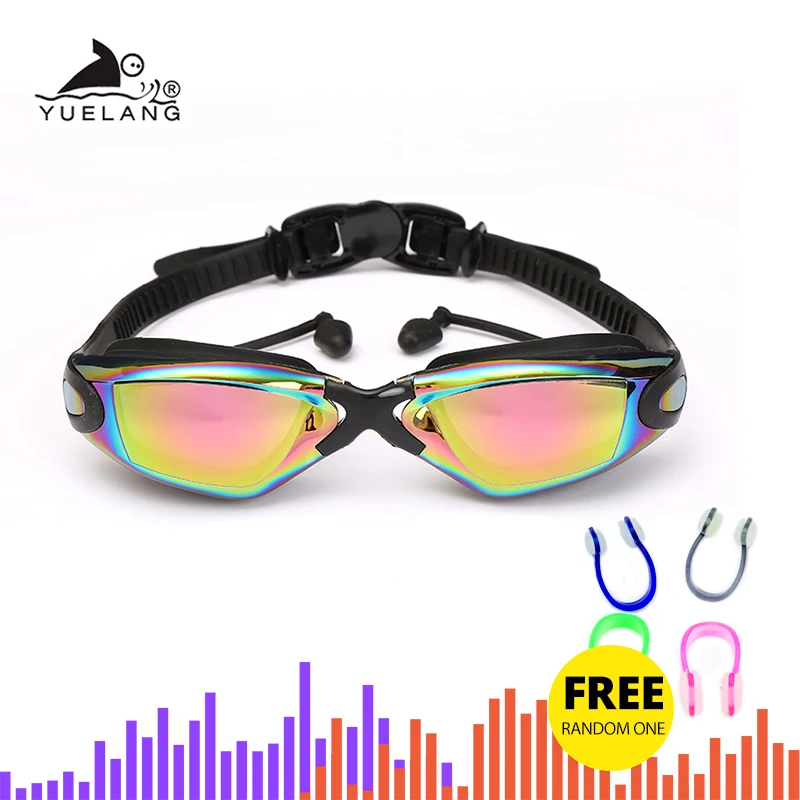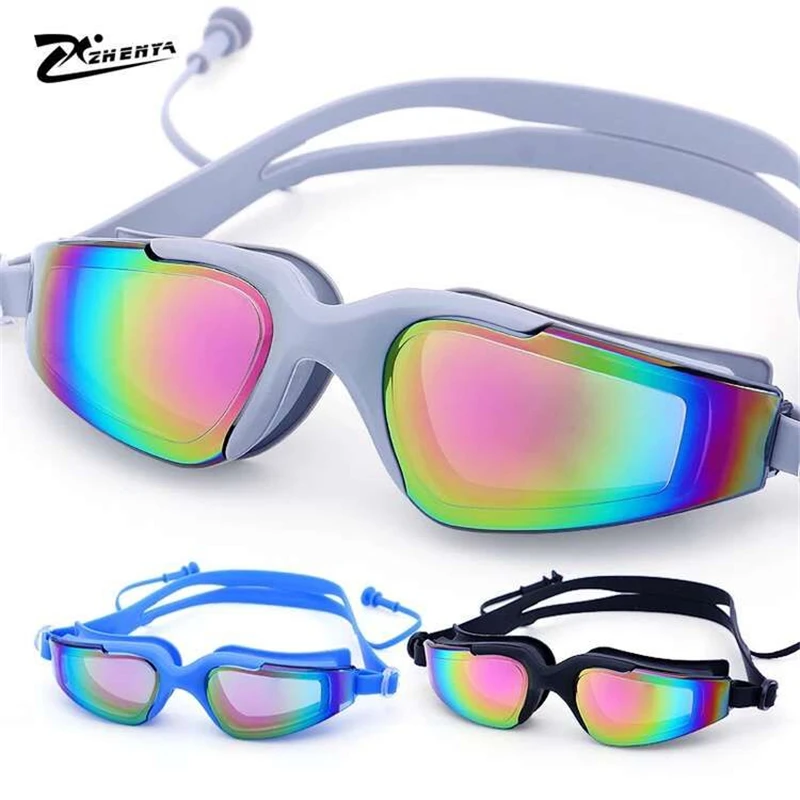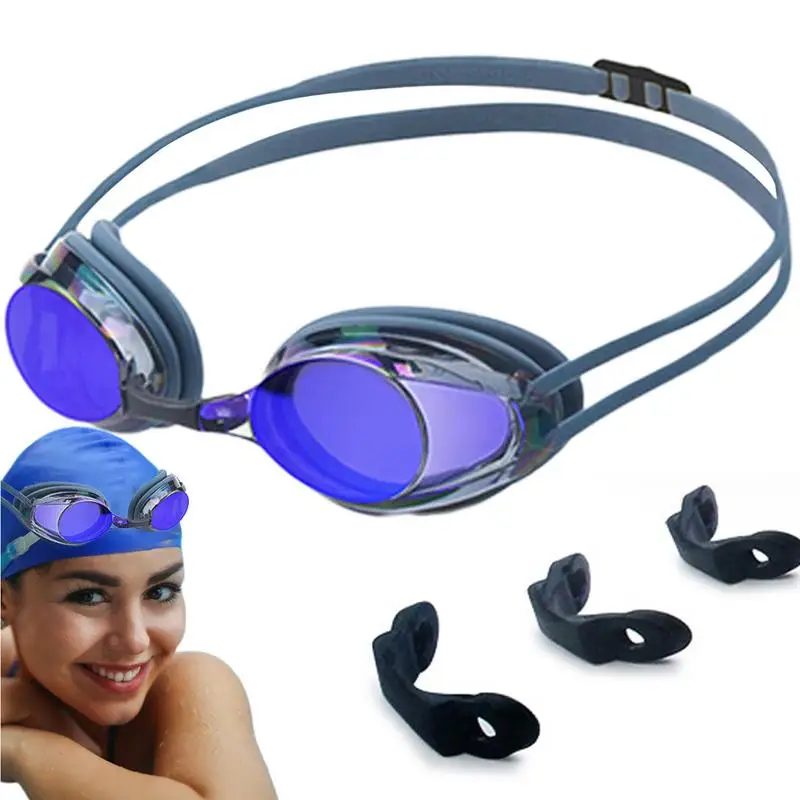I Have Started Swimming After a Gap - My Muscles in My Hands Seem Extremely Sore and Painful, However My Legs Feel Fine - Why Does This Happen?
Swimming is a full-body workout that engages various muscle groups. However, if you're returning to swimming after a break, you may experience soreness in specific muscle areas.
Why Your Hands Are Sore:
- Lack of Adaptation: Your hands are not used to the repetitive arm movements involved in swimming, causing muscle fatigue and soreness.
- Improper Technique: Incorrect hand placement or inefficient arm strokes can strain the muscles in your hands.
- Grip Strength: Holding onto the paddles or fingertips during swimming requires grip strength, which may be weaker if you're not familiar with the activity.
Why Your Legs Feel Fine:
- Leg Strength: Your legs are generally stronger than your upper body, allowing them to handle the kicking motions without significant discomfort.
- Buoyancy: The buoyancy of water supports your legs, reducing the impact on them.
- Previous Experience: If you've swum before, your legs may have retained some muscle memory and strength, making it easier to adapt.
Related Questions:
- Is it normal to experience muscle soreness after swimming? Yes, especially for beginners or those returning to the sport.
- How long does muscle soreness from swimming typically last? It varies, but most soreness should subside within a few days.
- What can I do to alleviate muscle soreness? Rest, ice, and gentle stretching can help reduce inflammation and discomfort.
- Is it safe to swim with sore muscles? If the soreness is mild and does not cause pain, it's generally safe to continue swimming.
- How can I prevent muscle soreness from swimming? Warming up thoroughly, using proper technique, and staying hydrated can help minimize soreness.
Related Hot Sale Items:
- Speedo Swimsuits
- TYR Swim Caps
- Arena Goggles
- Finis Paddles
- Aqua Sphere Water Shoes
Pre:How long does it take for chlorine to evaporate out of water
Next:Can people swim in a burkini



















